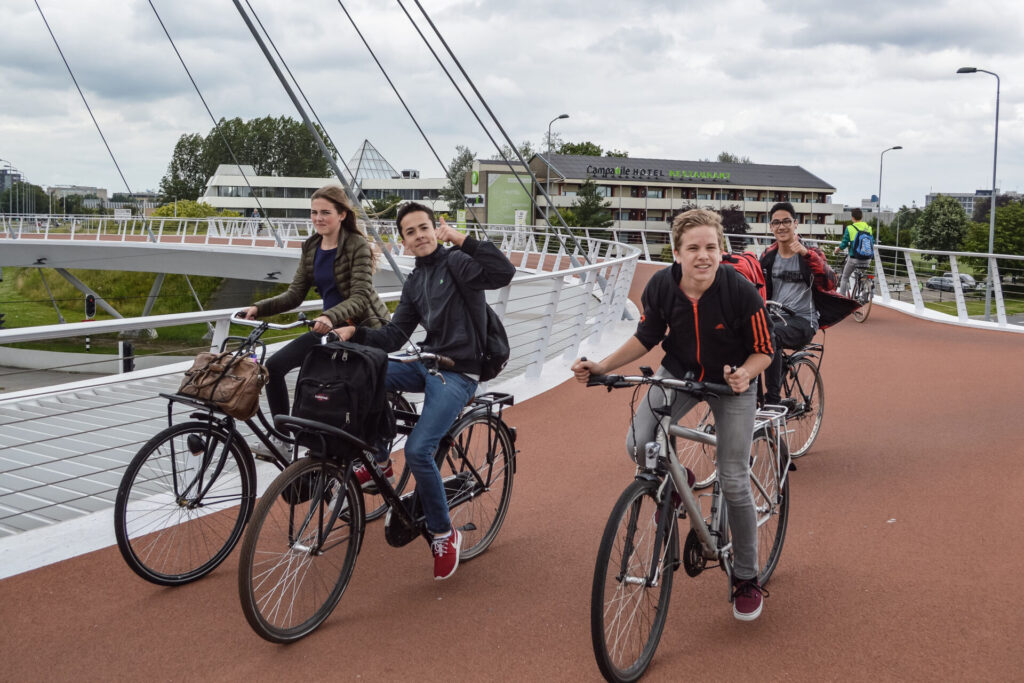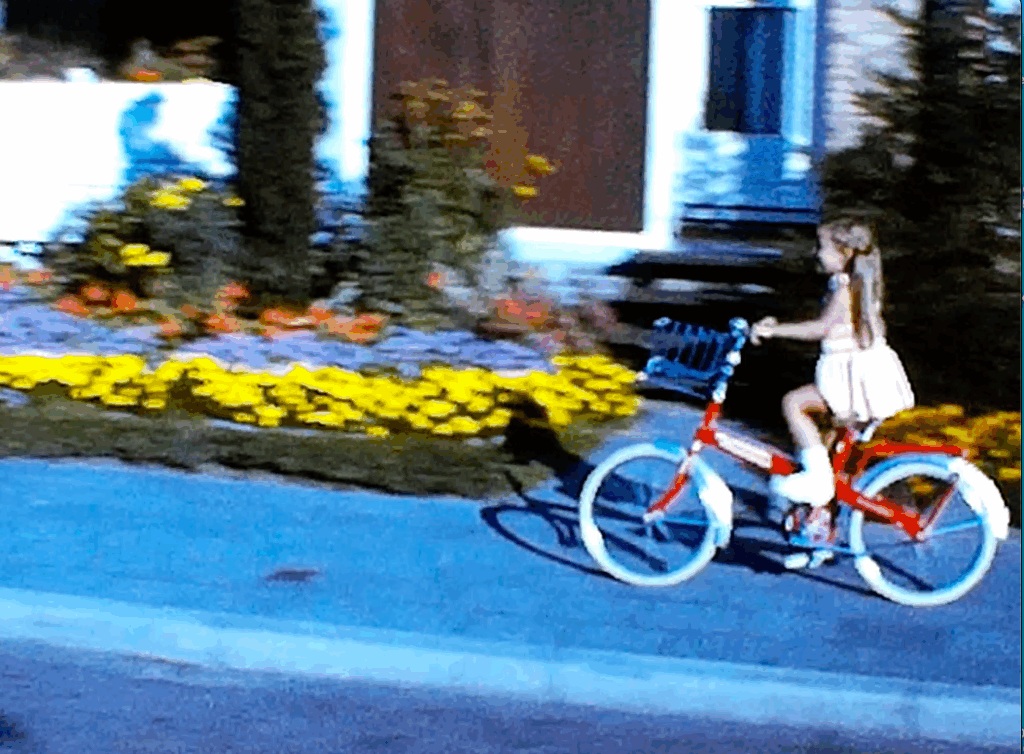Rethinking Mobility Education: Children and Youth on the Path to Safe, Responsible, and Sustainable Mobility
A consortium of researchers and practitioners is developing innovative learning materials designed to inspire students aged 11 to 14 to engage with mobility issues in a culturally sensitive, creative, and everyday-relevant way.
Do you remember what it felt like to ride a bike alone for the first time or to take the bus to school with friends? Growing up in a quiet suburban town, I remember those experiences vividly because they gave me a sense of independence and the freedom to spend time with my friends. Even if we don’t recall every detail, throughout childhood, we gather various experiences and impressions connected to mobility.

How Germany and Austria Teach Kids About Mobility
In Germany and Austria, children and young people typically go through similar stages during their school years: at the beginning of school, they learn how to cross a street safely, in the fourth grade, they prepare for the bicycle exam with traffic rules and safe riding practices, and at age 15, they are allowed to get a moped license.
Between the bicycle exam and the first opportunity to use motorized vehicles, however, lies a five-year gap, during which the subject of mobility plays a minimal role in school. Additionally, e-scooter use, permitted from the age of 14, is becoming increasingly common, creating new sources of conflict in public spaces.
How can we effectively raise awareness among children and youth at an early stage about safe, responsible, and sustainable mobility behavior?
On behalf of the German Federal Highway Research Institute (BASt), Mobycon, together with the University of Kassel and the Education Innovation Lab Berlin, has taken on this challenge. Our consortium aims to identify gaps in mobility education and to develop a new and innovative learning module. This learning module is designed to support teachers in creating engaging lessons and to provide students with the opportunity to approach the topic critically, constructively, and creatively – because, ultimately, mobility should also be enjoyable.

A Fresh Approach to Mobility Education
What mobility topics matter to children aged 11 to 14? Through expert interviews with teachers, the project team identified several focus areas, which were further developed into initial learning materials using a culturally sensitive approach. Angela van der Kloof, Strategic Advisor at Mobycon, specializes in research and projects dealing with cycling policy and culture, mobility education, mobility justice, and knowledge exchange. She praised this perspective and the recognition that mobility can manifest differently from child to child, depending on their background, age, or gender.
“I haven’t seen this kind of culturally sensitive approach to mobility education in schools in the Netherlands before.”
Listening to Students to Shape the Future
Before the summer holidays, the methods were tested in focus groups at two schools. I was able to see for myself which content and formats really engaged the students and prompted them to reflect. Their active participation revealed not only their existing knowledge but also their needs. These results are now feeding into the further development of the learning materials.
Just like the first steps toward independence – whether riding a bike or taking the school bus – are formative moments in childhood, young people also need impulses in later stages of development to move safely, confidently, and thoughtfully in traffic. Angela van der Kloof grew up in a rural area in the south of the Netherlands and recalls the bike paths of her childhood:
“Where there is now a multi-lane road, there was only a sandy path in the 1970s. I was recently asked whether road infrastructure in the Netherlands is safer today than it was in the past, and that question isn’t easy to answer. On the one hand, there is more cycling infrastructure today, but at the same time, the number and size of cars and roads have increased. I’m not sure how I should teach my children about cycling today compared to 25 years ago.”

Angela’s and my own impressions show that challenges exist now just as they did then, many of them beyond the influence of teachers. But bringing mobility education closer to students will only succeed if the content resonates with their realities and everyday lives.
About the project:
“Verkehre der Welt” (“Mobilities of the World”) is the title of a project we are currently working on in collaboration with the University of Kassel (lead institution) and the Education Innovation Lab, commissioned by the Federal Highway Research Institute (BASt). The aim is to develop a scientifically grounded learning module for teachers that offers a culturally sensitive, everyday-relevant, participatory, and future-oriented approach.
About the author:
Eva Meissner is currently completing her internship at Mobycon, working from our Delft office on projects focused on the DACH region. She holds a Bachelor of Science in Spatial Planning and wrote her Master’s thesis on “The Viennese Bicibus Movement and its impact on primary school children’s health-promoting mobility behaviour.”
If you’d like to learn more about her work, feel free to reach out directly to Eva, Angela, or any of our team members.

